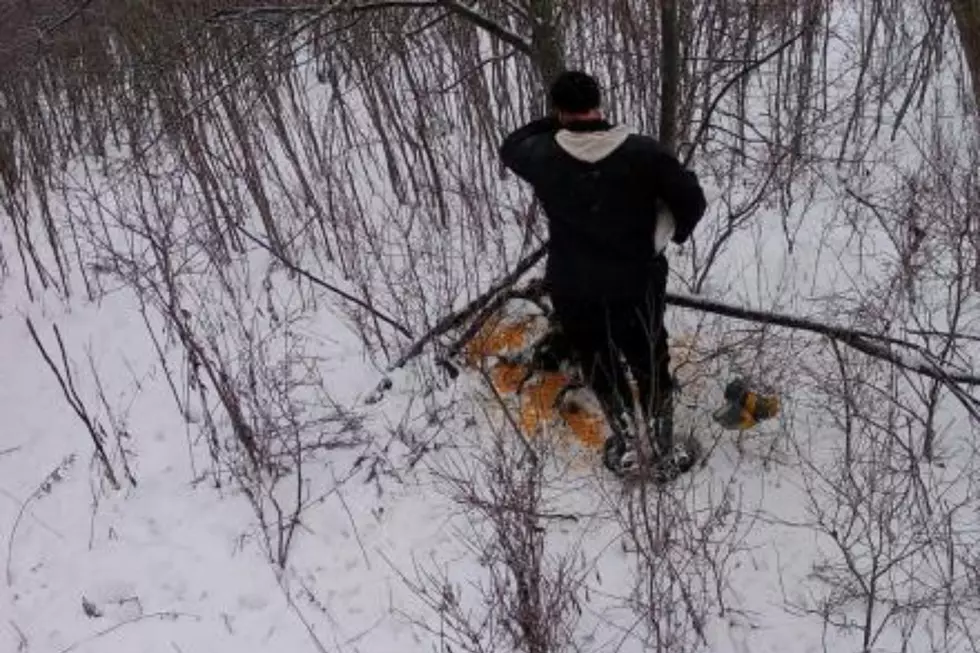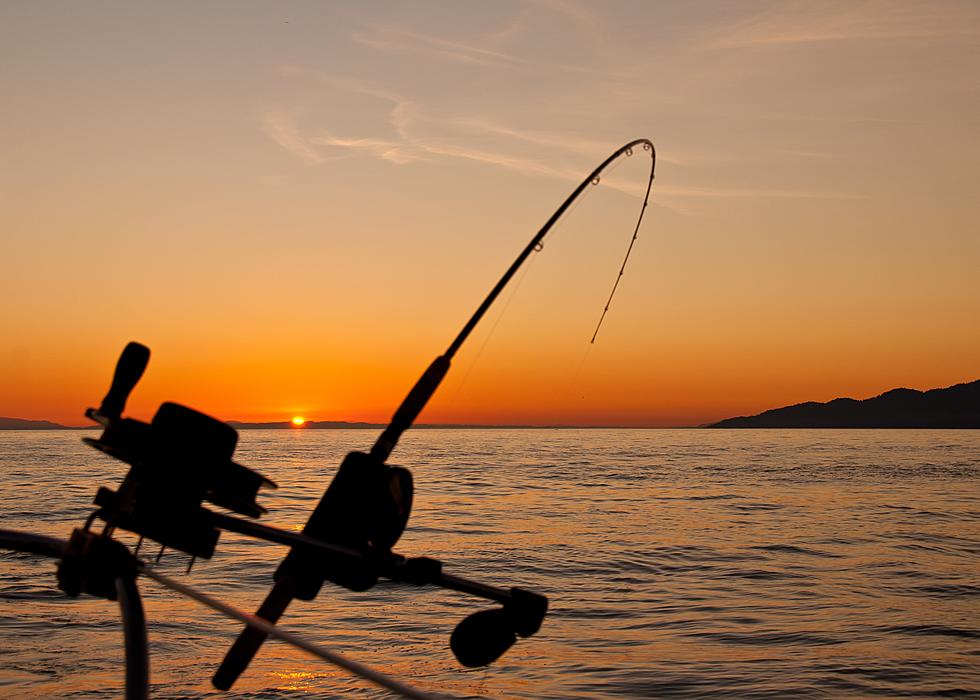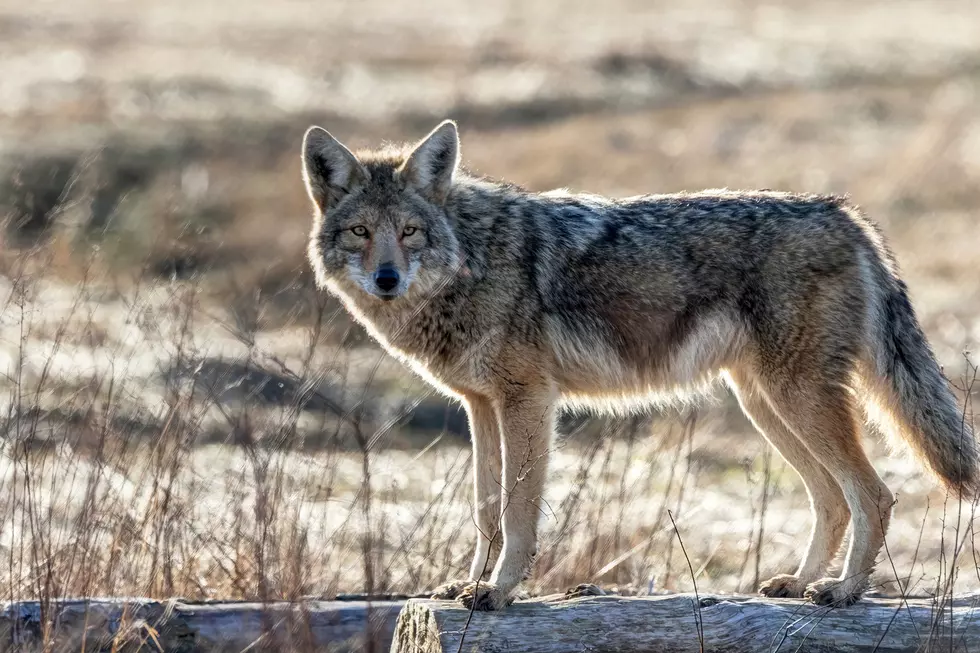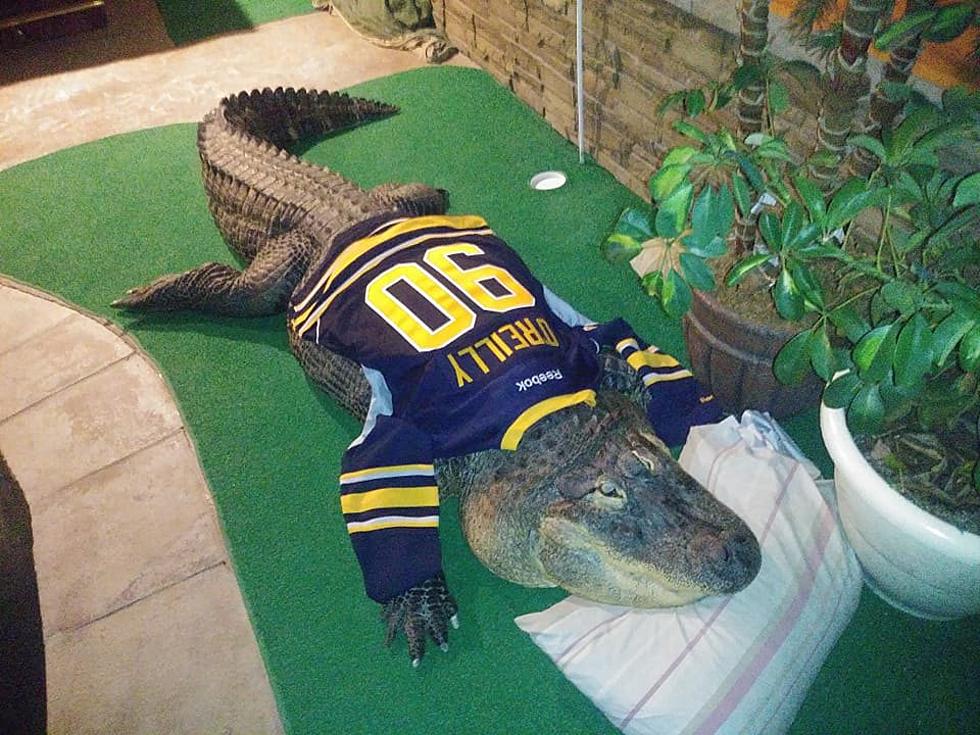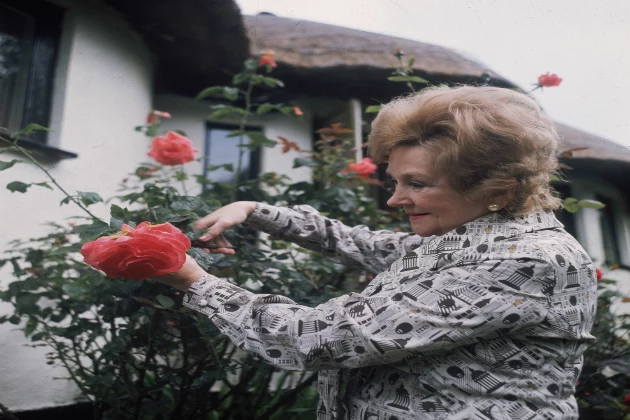
Do’s and Don’ts for Deadheading Flowers – Ag Matters
While deadheading and pruning are basically the same process, the purpose is different. Pruning is most often is done at the beginning or the ending of the growing season, while deadheading seems to be more about "in season." The Master Gardeners at Cornell Cooperative Extension have some do's and don'ts for deadheading.
Deadheading is the simple act of removing spent (dying) flower heads from annuals, biennials, perennials, and flowering shrubs. This process tricks the plant into continuing to produce flowers instead of beginning to produce seeds as part of the normal plant lifecycle.
Reasons to deadhead include:
To promote the health of the plant. Forming seeds can dominate the plant’s growth activity at the expense of its roots and lead to its early death.
To extend or repeat bloom time. Perennial and biennial flowers can often be coaxed into flowering for a longer period of time if they are not allowed to go to seed.
To prevent self-sowing of seeds. Plants who are aggressive seed producers can be kept in check to prevent them forming seeds by deadheading.
Some plants we may prefer not to deadhead so wildlife and birds can feast on the seeds. Also some flowers can be dried and made into floral arrangements.
Penn State Extension has a very infomrative guide on what annual and perennials should be deadheaded. Or you can ask CCE's Master Gardeners specific questions on the Horticulture Hot Line Wednesdays and Fridays from 9:00am to noon at 315-736-3394.
SOURCE: Cornell Cooperative Extension
More From Big Frog 104

